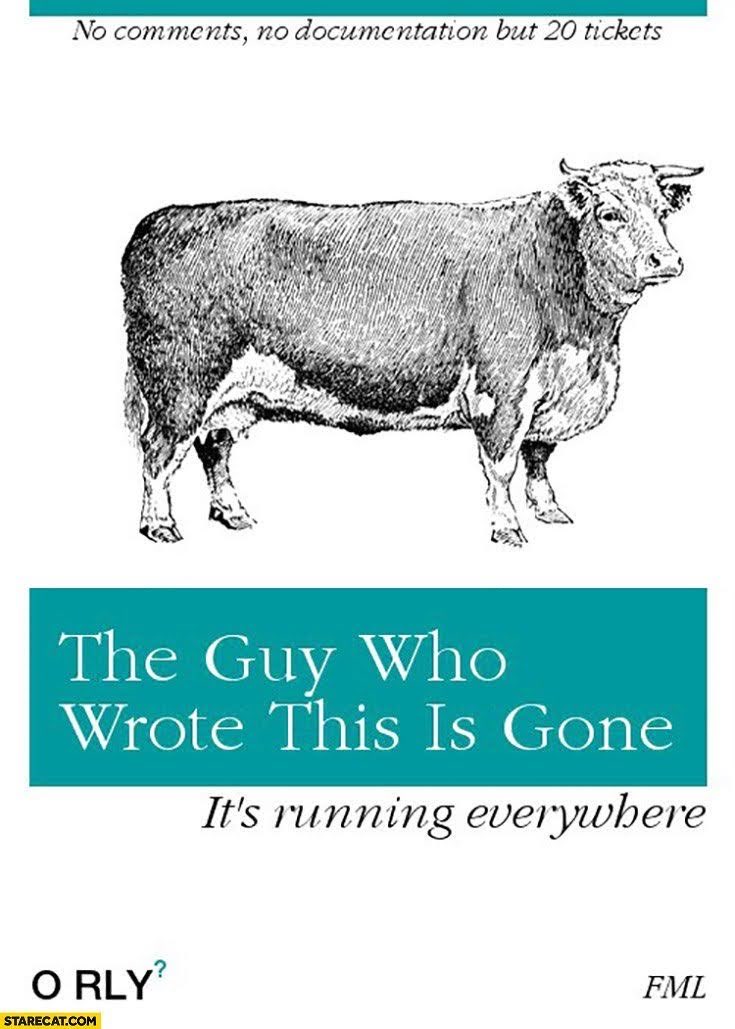Post details
It’s the first day of a new month and a new year! - check your cloud spend, your certs haven’t expired, update your hard coded webpage footers / and twitter headlines / anything else you hard coded to 2021. Have an awesome day!Gregor Suttie | T-Shaped Azure Architect ™ (@gregor_suttie)Sat, 01 Jan 2022 11:17 GMT











